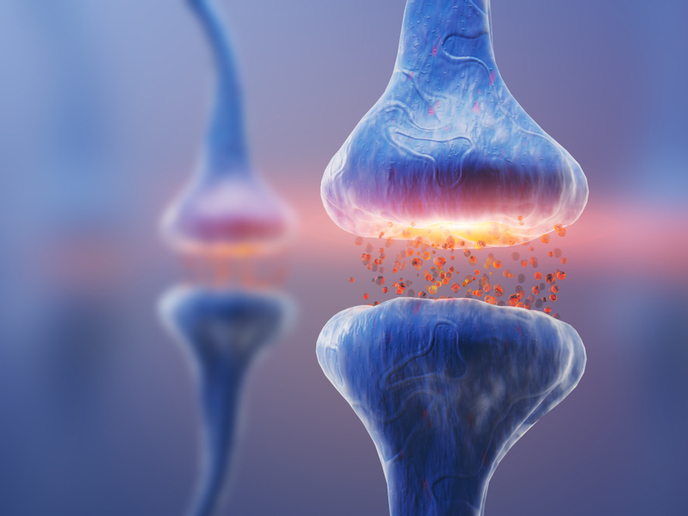Predicting and treating epilepsy
A five-year EU-funded project, EPITARGET (Targets and biomarkers for antiepileptogenesis), is studying the processes leading to epilepsy in adults. The consortium, consisting of 18 partners from 9 countries, aims to identify novel biomarkers and their combinations in clinically relevant animal models. These biomarkers, defining the different stages of epilepsy, will be used to predict/diagnose early and late stages of the evolution of the disease. After the first year the project advanced significantly towards its objectives. Sample collection from various animal models of epileptogenesis is ongoing. The project developed a biocompatible electrode for fast and sensitive glucose measurement in the brain. EPITARGET characterised expression patterns of a number of molecules at various time points after epileptogenic insults. They include lipid mediators and their receptors, microRNAs, immunoproteasomes, free radicals and antioxidants, amyloidogenic factors, inflammatory molecules, extracellular matrix proteins and synaptic proteins. The consortium members are investigating complex mechanisms of epileptogenesis with the goal to design disease-modifying combinatorial treatment strategies, targeted to the different stages. EPITARGET optimised the two-stage approach for drug screening and explored pharmacokinetics and tolerability of combinations of clinically available drugs in naive and epileptic rodents. For targeting compounds to the brain, EPITARGET developed a lipid encapsulation approach. The first formulation of amiloride is undergoing in vitro and in vivo testing. The first generation of long-term transgene expression viral vectors was already verified in vivo. EPITARGET findings using animal models will be translated into clinical use by validating biomarkers in human blood and brain tissue samples. Ongoing sample collection includes human brain tissue and biofluids from status epilepticus, traumatic brain injury and pharmacoresistant epilepsy patients. The creation of animal and human databases is under way. The first year of the project resulted in 20 peer-reviewed publications. Upon completion, EPITARGET is expected to improve diagnosis of epilepsy, and to develop new antiepileptogenic treatments and means to predict their efficacy. It will improve the quality of life for millions of people and reduce treatment costs.
Keywords
Epilepsy, biomarkers, antiepileptogenesis, glucose measurement, combinatorial treatment strategies







